Game-changing technology innovations occur periodically in any industry. Clay Christensen demonstrated this in The Innovator's Dilemma and his follow-up book with Michael Raynor, The Innovator's Solution. Both offer examples across tens of industries ranging from steam shovels to department stores to disk drives to transportation to education. Yet for every breakthrough, game-changing, disruptive innovation, there are multiple product concepts that show promise for a time, but then stall or disappear completely.
MOOCs (massive open online courses) appeared on the scene recently: The first MOOC dates only to 2008. In fact, though generally bundled, there are at least two distinct types of MOOCs, sometimes called cMOOCs and xMOOCs. The former, first offered at the University of Manitoba, describes courses that emphasize connectivity and networking. Many see them as especially interesting and a stronger model for promoting useful learning, as they generally require one to demonstrate competence versus simply a play-back of information. However, to date, cMOOCs have not captured the public's imagination as have the huge numbers attracted to xMOOCs, most of which utilize a traditional lecture format chopped up into 10 to 15 minutes bites. Thus, for this post, I will concentrate here on the xMOOCs. (For an excellent and comprehensive discussion on MOOCs, see Making Sense of MOOCs.)
Most people trace xMOOCs to spring 2012 and Stanford's experimental offering of a course in "Artificial Intelligence." The university not only made it available as usual for tuition-paying students on campus, but also online to anyone. It had no prerequisites and no cost, while also providing no formal academic credit. The enrollment was 160,000, probably more people than the total ever taking a course on the subject, and the roughly 10 percent who completed it might have exceeded the total as well. One of the professors involved, Sebastian Thrun, then decided to leave Stanford to create a commercial entity, Udacity, with a stated mission of helping other universities develop similar courses. Prior to that, on the East Coast, MIT made its entire catalog of courses and lesson plans available a decade earlier in 2001 (an initiative attributed to that institution's provost, now president, Rafael Reif and endorsed by the faculty). This effort was in the process of expanding to online offerings as a non-profit company, MITx, when the Stanford initiative became news. In rapid response not common in higher education, MITx then became Edx with the addition of Harvard and the University of California, Berkeley, and others followed as well. Indeed, Coursera, another commercial entity, now claims well over a million students and more than 30 institutional partners, many among the so-called elite. And not to be left behind, two existing giants, Google and Pearson, have entered the arena.
So what to make of MOOCs? At this point, there appears to be as much mania as substance surrounding the subject and predictions span the gamut from "boom" for higher education to "doom." On the one hand, some think that MOOCs will stop the inflation of tuition and fees and the resulting explosion of debt from student loans that now exceeds credit card debt in the U.S. while also serving as a key tool for institutions to use in educating the masses for the jobs of today and tomorrow. On the other hand, one provocative video makes a dramatic and compelling case for the complete collapse of traditional colleges and universities by the end of the decade. Some might think that the call at the end of this video for people to go to their political representatives to demand MOOC options is a stretch. But since then, President Pro Tem Darrell Steinberg of the California Senate introduced Bill 520 that would compel California public institutions to accept credits earned in MOOCs offered by outside organizations. Who knows where this will lead? In short, as sung by the King of Siam in The King and I: It is "a puzzlement."
- How expensive will development of new pedagogies for MOOCs prove to be?
- How will MOOCs support themselves without tuition and fees?
- Will institutions continue to support MOOCs if results show that they are cannibalizing traditional approaches?
- How will evaluation for credit evolve, including the challenges of controlling plagiarism?
- Will MOOCs finally bring the end to our traditional institutions predicted by so many for so long?
- What do we do with the huge numbers of current faculty?